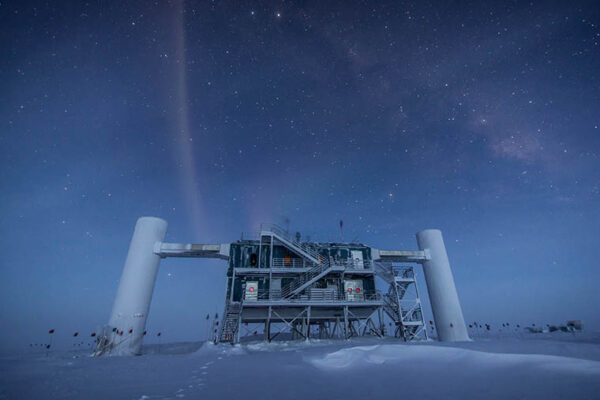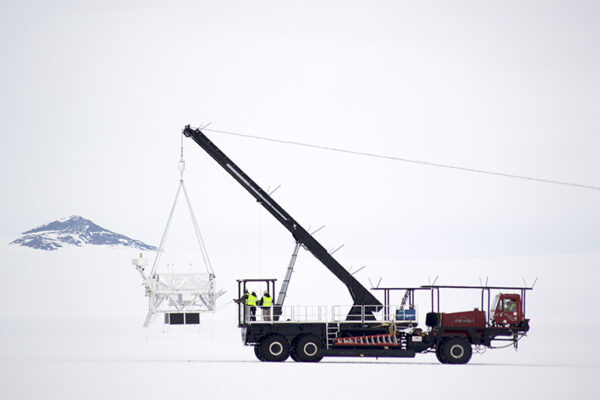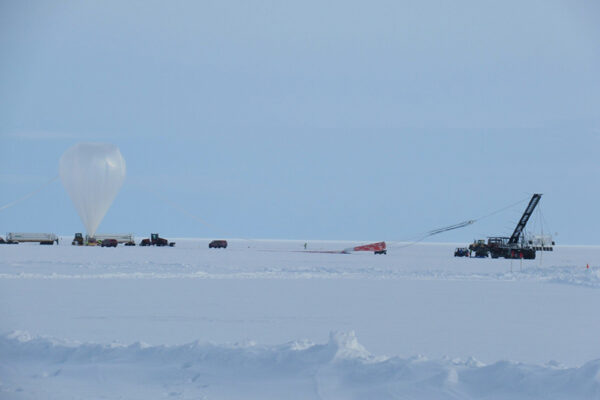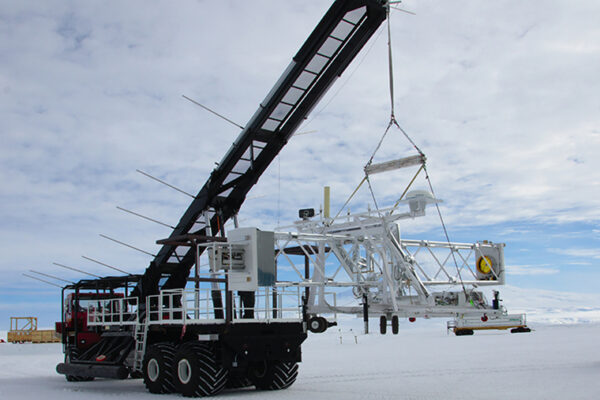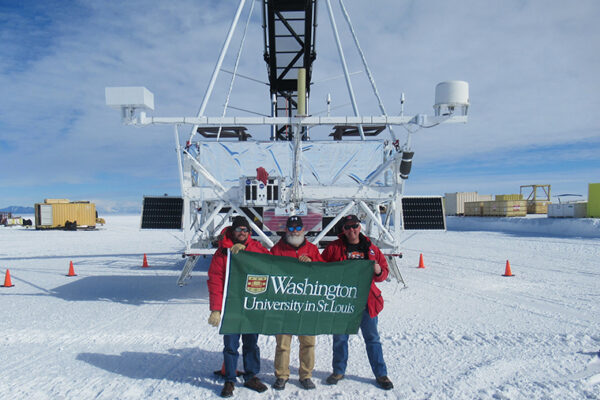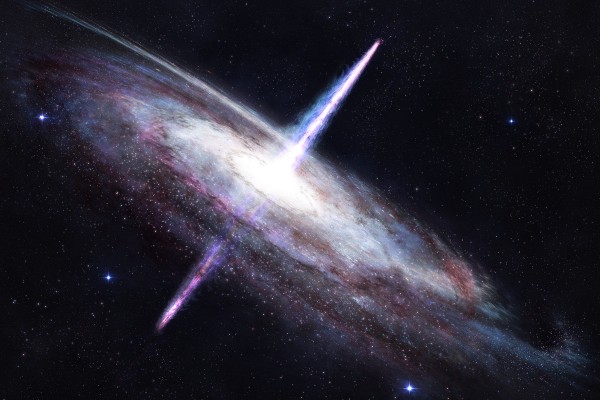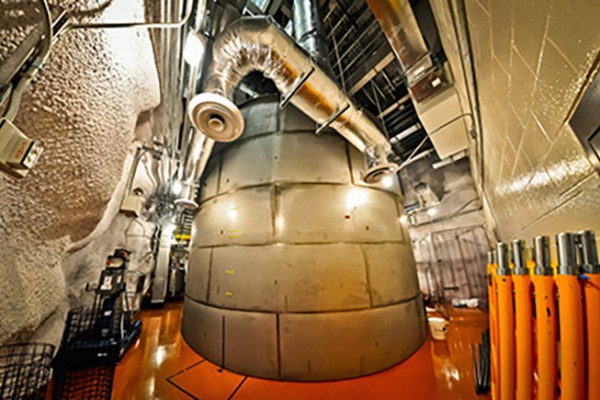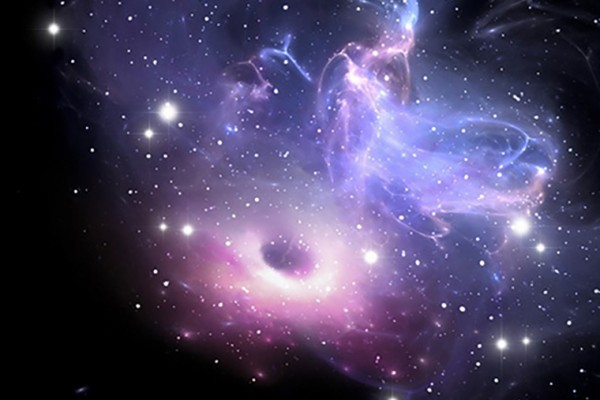Ultra-high energy events key to study of ghost particles
Bhupal Dev, assistant professor of physics in Arts & Sciences at Washington University in St. Louis, proposes a new way to leverage data from ultra-high energy neutrinos from large neutrino telescopes such as the IceCube Neutrino Observatory in Antarctica.
Catching up with SuperTIGER, 130,000 feet above Antarctica
A balloon-borne scientific instrument designed to study the origin of cosmic rays is taking its second turn high above the continent of Antarctica three and a half weeks after its launch.
WashU physicists launch cosmic ray telescope from Antarctica
A team of Washington University in St. Louis scientists at McMurdo Station, Antarctica, successfully launched its SuperTIGER (Super Trans-Iron Galactic Element Recorder) instrument, which is used to study the origin of cosmic rays.
Supersize me: Physicists awarded $3.3M for XL-Calibur telescope
Researchers from Washington University in St. Louis will develop and deploy a new telescope designed to measure the linear polarization of X-rays arriving from distant neutron stars, black holes and other exotic celestial objects. The instrument will be flown on a minimum of two scientific balloon launches as early as summer 2021. The NASA-funded effort builds on promising results from a previous balloon-borne mission known as X-Calibur and is dubbed XL-Calibur.
Cosmic ray telescope launches from Antarctica
Washington University in St. Louis announced that its SuperTIGER (Super Trans-Iron Galactic Element Recorder) instrument, which studies the origin of cosmic rays, successfully launched today from Williams Field at McMurdo Station in Antarctica.
Spectacular outburst lets scientists peer into quasars
An outburst from a distant quasar known as PKS 1441+25 in April of this year gave astronomers at the gamma-ray telescope VERITAS an opportunity to measure the density of the optical “fog” that lies between the quasar and Earth and to deduce the surprising separation of the high-energy emission from the black hole that drives it.
High-energy observatory launches this week
On Wednesday, Aug. 19, at 8:15 a.m. St. Louis time, NASA TV will begin broadcasting the launch of a cargo container at the Tanegashima Space Center off the southern coast of Japan. In addition to water and spare parts, the cargo container will carry CALET, an astrophysical observatory designed to study the high-energy cosmos.
Hunting for dark matter in a gold mine
An astrophysicist at Washington University in St. Louis is among the team hunting for an elusive particle called a WIMP, that may be the fundamental particle of dark matter. To catch this notoriously wily particle they have built a detector consisting of a large vat of xenon in a deep chamber of a played-out gold mine in the Black Hills of South Dakota.
Black holes are topic of 2014 Robert M. Walker Distinguished Lecture
The topic of the 2014 Robert M. Walker Distinguished Lecture the evening of Oct. 23 will be black holes. The speaker is Ramesh Narayan, a Harvard astrophysicist who has studied the event horizon and the spin of these celestial enigmas. The talk, which starts at 7 p. m. in Whitaker Hall on the Danforth Campus, is free and open to the public.
Aiming for the stars
Early in September, the X-Calibur mission, preparing for launch at the Columbia Scientific Balloon Facility in Fort Sumner, N.M., put its pointing system through its paces to make sure all of its parts were working in programmed harmony.
View More Stories
